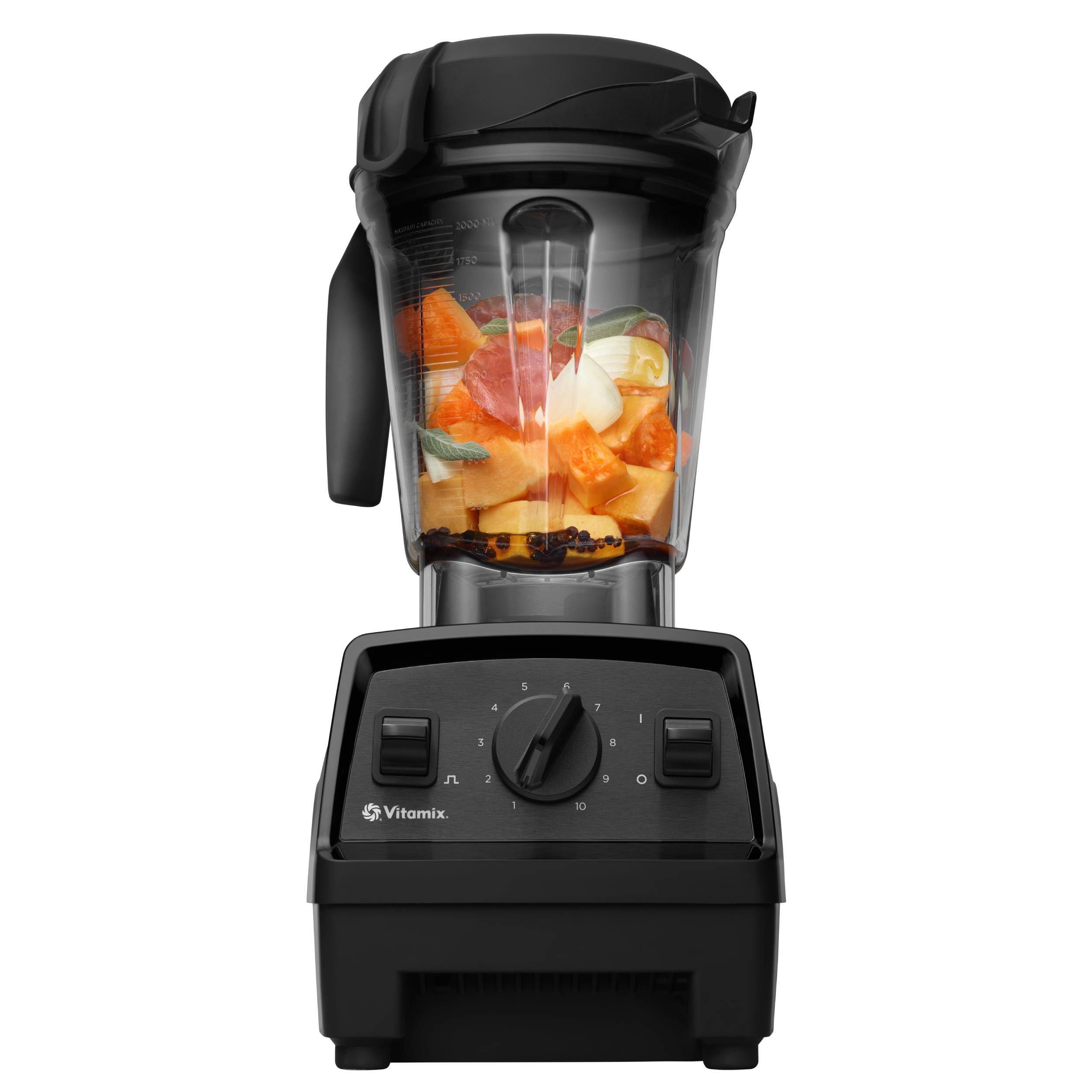Have you ever found yourself in the middle of a power outage only to discover your Ryobi 2200 generator won’t start? It’s frustrating when you rely on your generator for backup power and it just doesn’t cooperate. You’re not alone—this is a common issue that many users face, and it can feel overwhelming when you’re not sure what to do next.
Key Takeaways
- Common Starting Issues: The Ryobi 2200 generator may not start due to fuel quality, battery problems, or spark plug concerns. Identifying these issues is crucial for effective troubleshooting.
- Fuel Maintenance: Always use fresh, high-quality fuel and inspect fuel lines for clogs to ensure smooth operation. Replace stale fuel if it has been unused for over a month.
- Battery Checks: Regularly check the battery’s charge and connections, ensuring they are clean and secure. A charged battery is essential for starting the generator.
- Spark Plug Importance: Inspect and maintain the spark plug to ensure it is clean and properly gapped to facilitate ignition and starting.
- Routine Maintenance: Conduct regular maintenance checks, including oil levels, air filter replacements, and battery inspections, to prevent starting issues.
- Professional Help Indicators: If the generator continues to fail after troubleshooting, seek professional help, especially if there are unusual noises or visible fuel leaks.
Common Reasons Your Ryobi 2200 Generator Won’t Start
Several common issues often prevent your Ryobi 2200 generator from starting. Identifying and resolving these problems will help restore functionality.
Fuel Issues
Fuel problems commonly lead to starting difficulties. Check these factors:





- Fuel Quality: Use fresh, clean fuel. Stale or contaminated fuel can impede performance. If fuel sat unused for over a month, replace it.
- Fuel Level: Ensure there’s enough fuel in the tank. Running on empty may cause the generator not to start.
- Clogs: Inspect the fuel lines and filters for clogs or blockages. A clogged line can restrict fuel flow, preventing ignition.
Battery Problems
Battery issues frequently affect the starting process. Review the following:
- Battery Charge: A weak or uncharged battery won’t provide enough power to start the generator. Charge the battery fully or consider a replacement if it’s old.
- Connections: Check battery terminals and connections for corrosion. Clean any corrosion with a wire brush and secure connections tightly.
Spark Plug Concerns
Spark plug issues can stop the generator from firing up. Address these concerns:
- Condition: Inspect the spark plug for wear or damage. Replace it if it’s dirty, worn, or cracked. A faulty spark plug won’t ignite the fuel.
- Gap: Ensure the spark plug gap meets manufacturer specifications. An improper gap can lead to starting failures.
By troubleshooting these common issues, you can quickly identify the root cause of your Ryobi 2200 generator’s starting problems and take steps to resolve them.
Troubleshooting Steps for Ryobi 2200 Generator
Follow these practical steps to troubleshoot your Ryobi 2200 generator when it won’t start. Each section details key aspects that may affect performance.
Inspecting Fuel Lines
Check the fuel lines for any clogs or damage. Ensure fuel flows freely into the generator. Follow these steps:





- Visual Inspection: Look for cracks, leaks, or kinks in the fuel lines.
- Clean the Fuel Lines: Disconnect the lines and use compressed air to clear any obstructions.
- Use Fresh Fuel: Drain old fuel and replace it with clean, high-quality gasoline. Fuel should not be older than 30 days.
Checking the Battery
A fully charged battery is crucial for starting your generator. Perform these checks:
- Visual Examination: Inspect the battery for corrosion or loose connections.
- Tighten Connections: Ensure all battery terminals are tight and secure.
- Test Voltage: Use a multimeter to check the battery voltage. It should read between 12.6V and 12.8V. If it’s below that, charge the battery.
Testing the Spark Plug
A faulty spark plug can prevent your generator from starting. Conduct the following tests:
- Remove the Spark Plug: Use a spark plug wrench to take out the spark plug.
- Inspect for Damage: Look for wear or carbon buildup on the spark plug. Replace it if it appears worn out.
- Check Spark Quality: Connect the spark plug to the ignition coil and ground it to the engine. Pull the starter cord while observing for a spark. A strong blue spark indicates a good spark plug.
By systematically troubleshooting these key areas, you can identify issues affecting your Ryobi 2200 generator’s starting performance.
Maintenance Tips to Prevent Starting Issues
Prevent starting issues with your Ryobi 2200 generator through regular maintenance practices. These steps ensure reliable performance when you need it most.
Regular Maintenance Checklist
- Check Oil Level: Inspect the oil level regularly. Low oil can lead to engine damage. Add fresh oil if necessary.
- Replace Air Filter: Swap out the air filter every 100 hours of operation. A clean filter allows proper airflow and improves combustion.
- Inspect Spark Plug: Examine the spark plug after every 50 hours. Clean or replace it if it’s damaged or dirty for optimal ignition.
- Fuel System Check: Review the fuel lines for leaks or clogs. Clean the fuel filter regularly to avoid fuel flow issues.
- Battery Maintenance: Clean battery terminals to avoid corrosion. Check battery voltage regularly to ensure it’s fully charged.
- Pre-Season Testing: Before use, start the generator to ensure it runs smoothly. Listen for unusual noises or vibrations that may indicate issues.
- Post-Season Storage: Drain fuel from the tank before storage. Stale fuel can cause starting problems. Use a fuel stabilizer if you plan to store it with gas.
- Weatherproofing: Cover the generator during off-seasons to protect it from rain and snow. Use a breathable cover to prevent moisture buildup.
- Inspect Cables and Connections: Check all connections for wear every season. Tighten loose bolts and replace frayed wires to maintain electrical integrity.
- Schedule Professional Tune-Ups: Consider having a professional inspect the generator annually. They can identify underlying issues before they become significant problems.
When to Seek Professional Help
If your Ryobi 2200 generator won’t start despite your troubleshooting efforts, consider reaching out to a professional technician. Some issues may require specialized knowledge or equipment to resolve.





Signs of Major Issues
Look for these indicators that suggest more serious problems:
- Unusual Noises: If you hear grinding or clinking sounds, this may indicate internal damage.
- Excessive Smoke: Smoke during operation or startup could signal oil leaks or combustion issues.
- Fuel Leaks: Any visible fuel around the generator suggests a dangerous problem that needs immediate attention.
- Persistent Failure to Start: If your generator doesn’t start after multiple attempts, professional guidance becomes crucial.
Warranty and Support Options
Check your generator’s warranty coverage for assistance. Most Ryobi products come with a limited warranty. If you encounter a manufacturing defect, you might receive repairs or replacements at no cost. Additionally, contacting Ryobi support can provide insights into common failure modes and authorized service centers in your area. Maintain all purchase receipts to claim your warranty effectively.
Conclusion
Dealing with a Ryobi 2200 generator that won’t start can be frustrating but don’t lose hope. By following the troubleshooting steps outlined and performing regular maintenance, you can keep your generator in top shape. Remember that a little prevention goes a long way in ensuring your generator is ready when you need it most. If you find yourself stuck despite your efforts, reaching out for professional help can save you time and stress. You’ve got this, and soon enough, your generator will be back to powering your essentials.
Frequently Asked Questions
Why won’t my Ryobi 2200 generator start?
Your Ryobi 2200 generator may not start due to several common issues such as low fuel levels, poor fuel quality, clogged fuel lines, battery problems, or a faulty spark plug. It’s essential to troubleshoot these areas systematically to identify the root cause.
How can I check the fuel quality in my generator?
Check the fuel quality by inspecting its appearance and smell. Fresh fuel should be clear and odorless, while old or contaminated fuel may appear cloudy or have a sour odor. If in doubt, drain the old fuel and replace it with fresh fuel.
What should I do if the battery is leaking?
If you notice a leaking battery, turn off the generator immediately. Clean up any spills following safety guidelines and avoid skin contact. Replace the faulty battery before attempting to start the generator again.
How often should I maintain my Ryobi generator?
Regular maintenance should be performed every 50 to 100 hours of operation. This includes checking the oil level, replacing air filters every 100 hours, and inspecting the spark plug every 50 hours to ensure optimal performance.
When should I seek professional help for my generator?
Seek professional help if you notice unusual noises, excessive smoke, fuel leaks, or if the generator persistently fails to start despite troubleshooting. These signs may indicate major issues that require expert attention.

Hey, I’m Jake. I focus on cooling systems at Appliance Mastery, like fridges, freezers, and air conditioners.
I’ve worked in appliance repair for more than ten years and I’m certified through NASTeC. I’ve seen just about every fridge issue you can imagine.
My goal is to help you fix problems without stress. Whether it’s a freezer that won’t cool or an AC that keeps beeping, I’m here to walk you through it.
